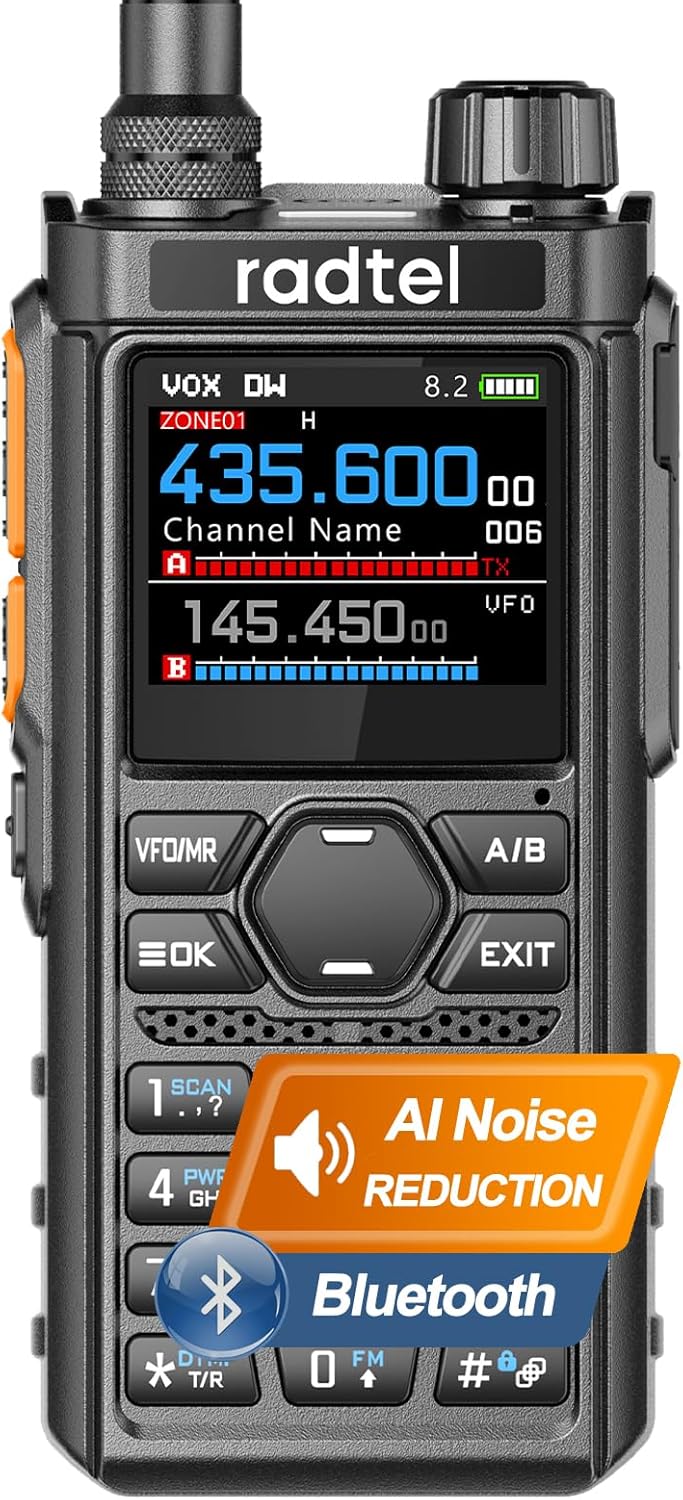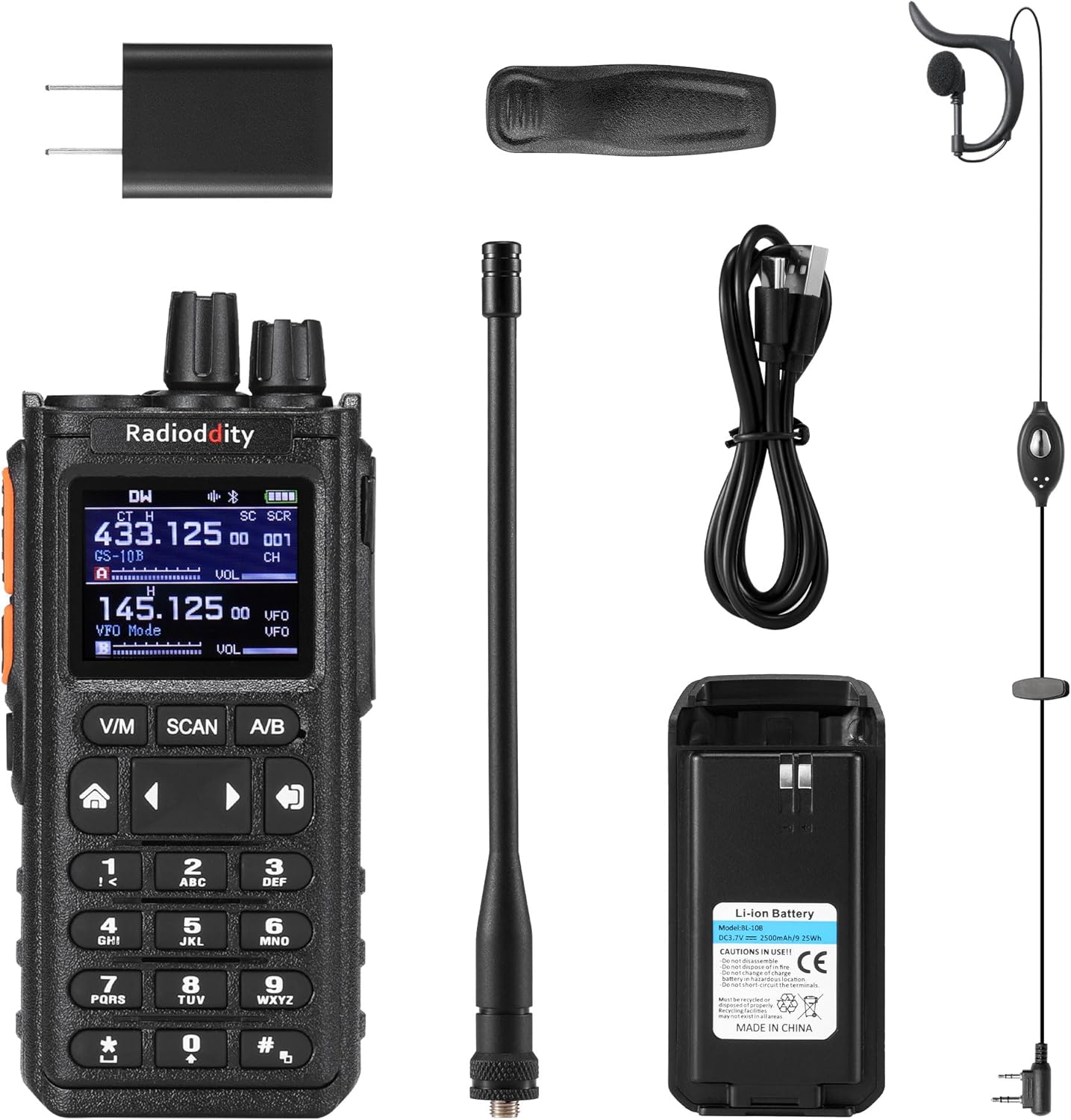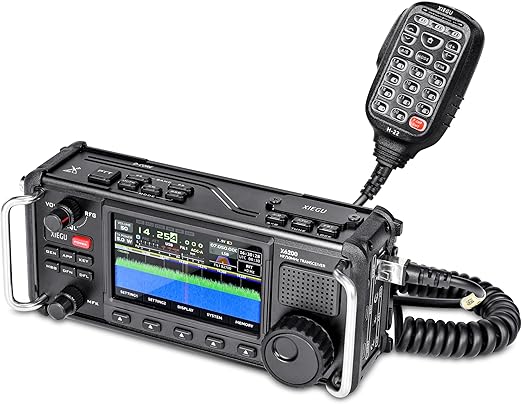
The world of emergency communication can feel overwhelming, especially for new preppers or radio enthusiasts who want to be ready for anything. A good radio is only as useful as the programming inside it, and when crises strike, you need channels, groups, and settings organized in a way that makes sense. The BetterSafeRadio Emergency SHTF Prepper Custom Codeplug aims to solve that challenge by offering a ready-made, downloadable programming file that gives you instant structure, reliability, and practicality for real-world emergencies. This review takes an in-depth look at what this codeplug provides, who it’s for, and whether it lives up to its promise of simplifying emergency communication.
What the Codeplug Is Designed For
A codeplug is a programming file for a radio, containing channels, frequencies, talkgroups, settings, and features configured for specific uses. The BetterSafeRadio Emergency SHTF Prepper Custom Codeplug is built specifically for emergency preparedness. Its purpose is to offer a wide array of ready-to-use channels for communication during disasters, power outages, infrastructure failures, natural emergencies, and grid-down situations. It removes the guesswork of manually building a channel lineup and ensures that users have access to practical frequencies suited for survival and coordination.
The instant download format is a major convenience. Instead of struggling with software, researching frequencies, or learning how to organize zones, you get a pre-built program that can be loaded into your compatible radio quickly. For beginners, this offers a huge head start. For experienced operators, it serves as a well-crafted foundation that can be customized further.
Compatibility and Radios Supported
BetterSafeRadio is known for specializing in programming for commercial-grade and consumer radios. This particular codeplug supports several popular models, depending on which version you purchase. These often include many of the higher-quality DMR and analog radios used by preppers, such as certain models from Anytone, Wouxun, BTech, and other rugged handhelds. The company typically updates its codeplugs to keep them aligned with new radios and firmware versions.
Before buying, it is important to check that your specific model is supported. The codeplug is usually available for multiple radios, each sold as a separate download.
What’s Inside the Codeplug
The codeplug is crafted with a prepper-oriented mindset. It includes a wide variety of channels and zones commonly needed during emergencies. While exact channel lists depend on the radio model, you can expect the following categories:
Local emergency calling channels
Regional and national simplex frequencies
GMRS, FRS, and MURS options where applicable
NOAA weather channels
Common nationwide simplex calling frequencies
Repeater placeholders
Analog and DMR prepper-friendly channels
Search-and-rescue oriented frequencies
Disaster response monitoring channels
Utility, aviation, and public-service receive-only channels
HAM bands for licensed operators
This arrangement ensures that even if normal infrastructure fails, you can still communicate locally, monitor important broadcasts, and attempt longer-range contacts. The emphasis on preparedness, redundancy, and practical structure makes the file appealing to both new and experienced users.
Ease of Use and Setup
One of the standout benefits of this product is how easy it is to use. Programming a radio from scratch can be time-consuming and confusing. The BetterSafeRadio Custom Codeplug removes hours of effort by giving you a fully built layout. Loading the file into your radio usually requires the manufacturer’s programming software and a compatible cable. Once imported, channels and zones are already organized with clear labels and logical grouping. The structure is designed to make navigation fast during stressful situations.
Even if you choose to customize the file later, it’s much easier to start with a solid template than to build every channel manually. The codeplug also helps reduce errors such as incorrect frequency entry, reversed offsets, or improper settings.
Practical Use During Emergencies
In a real SHTF or emergency scenario, proper radio programming can make the difference between success and failure. This codeplug is built to address the most important needs:
Monitoring weather during storms
Calling for help on known emergency frequencies
Communicating with family or group members
Scanning for local activity
Reaching out to ham radio operators
Listening to public services
Using simplex when repeaters fail
Maintaining communication even if the grid is down
The codeplug gives preppers access to a wide toolkit of channels that remain useful regardless of whether normal communication networks are operational.
Quality of Organization
BetterSafeRadio has a reputation for clean, easy-to-read programming. The zones and channels in this file follow a logical structure, making the radio far more pleasant to operate. Instead of poorly labeled or randomly ordered frequencies, everything has a purpose. This matters because during an emergency you want your radio to be intuitive rather than cluttered.
Customization Options
Although the codeplug is ready to use as-is, advanced users can fine-tune it. You can add your local repeaters, remove unwanted channels, create custom zones, or insert team-specific frequencies if your prepper group uses certain systems. This flexibility makes the product valuable for a wide range of radio owners.
Pros
Instant download for immediate use
Extensive selection of emergency-focused channels
Clear, organized zone structure
Compatible with many prepper-favorite radios
Great for beginners and experienced operators
Saves hours of manual programming
Offers a strong communication foundation for SHTF scenarios
Easy to customize
Cons
You must verify compatibility before purchase
Some channels require proper licensing to transmit
Not all frequencies may be useful in every region
Users seeking highly specialized setups may still want to edit the file
Who This Codeplug Is Best For
Preppers who want a ready-to-go emergency communication setup
New radio users who don’t know how to build a channel layout
Families building disaster preparedness kits
Ham radio operators who want a strong emergency-oriented template
Anyone who values simplicity and organization during high-stress situations
Final Verdict
The BetterSafeRadio Emergency SHTF Prepper Custom Codeplug is a smart investment for anyone who wants a reliable, well-structured, and practical radio programming solution. It eliminates the complexity of building your own channel lineup, provides a wide range of emergency-relevant frequencies, and offers clear organization that can genuinely help during a crisis. Whether you’re a seasoned ham operator or a beginner looking to be more prepared, this codeplug delivers value, convenience, and peace of mind.











